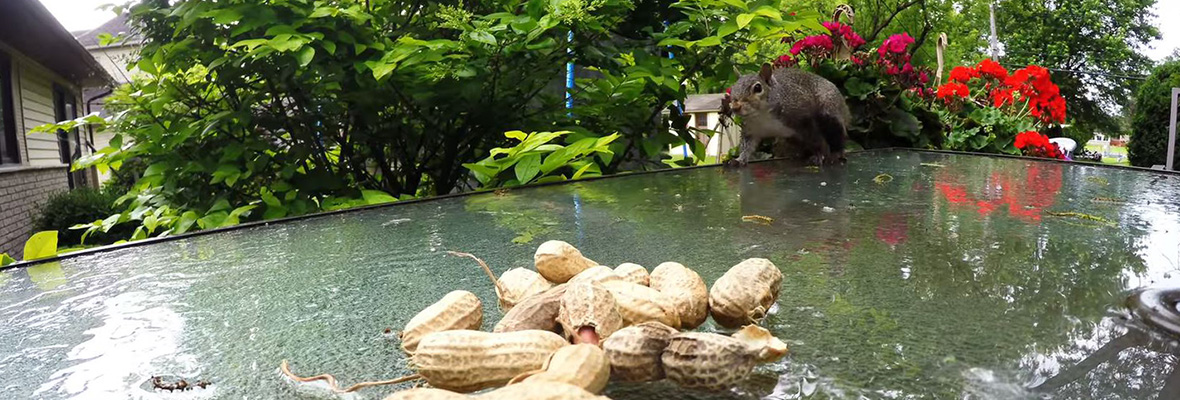How Smart are Peabody Squirrels?
In the world, more than 266 squirrel species are found and all the squirrel species have specified traits. Peabody squirrel family of rodents' class has ground squirrels, giant squirrels, and tree squirrel etc. Fox and grey squirrels are the most common species of squirrels.

-Squirrels do communicate through different communicative modes and track characterization. They employ their tails to show something like twitching of tail relates to uneasiness and also to express the danger.
-If it is scared of danger or if there is any threat, it will become still or immobile. If this is ground surface, it will climb up the tree for safety or will circumference the trunk against the tree bark.
Squirrels may take different paths to deceive predators.
They are very intelligent and brainy. Recent research revealed that squirrels have to be found involved in deceptive behavior. They cover places with bogus food to develop a fake look for deceiving their spectators. These forged burials attract other Massachusetts squirrels and birds, by giving them thought of stored food, while squirrels stray the focus of other competitors and actually remain busy in keeping food at another secret place. During the drilling process, it actually holds the nut in her armpits and pretends that it is placing it inside the hole, while she has another place for it.
It determines that they are a social creature and know how to live in a competitive
Grey Peabody squirrels make nests in the trees with the help of twigs, grass, moss, feathers, and bark that seem comfortable. They can glide like humans, with the help of their stretching membrane that extends from its wrists to ankles. The ground squirrel is social while tree squirrels, grey or fox squirrel live alone, less communicative and less expressive. However, the deceiving behavior was common among all species.
Research approach
Researchers held experiments to find the level of Massachusetts squirrel intelligence; they observed that it was able to open a locked container through versatile tactics. It has good memory for remembering the location they have the strong power of smell sense with which they know where the good food source is, and either the location they visited before. They also learn fast. Their hiding process involves memory use, deception behavior, location determination, observation, depression as well.
Visit our Peabody wildlife removal home page to learn more about us.

